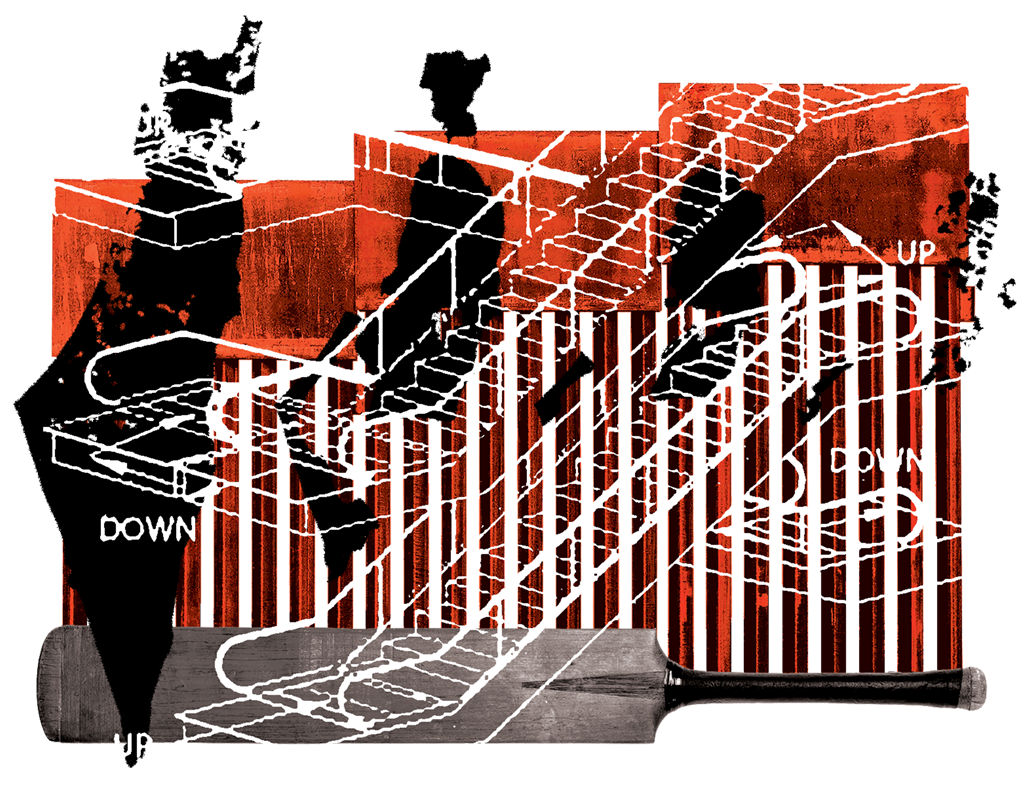Anyone embarking on a study of Israel’s territorial expansion is likely to encounter a dizzying number of terms describing it: “Bantustanization,” “cantonization,”1 “enclavisation,”2 a “matrix of control”3 — and an even greater variety of frameworks to explain it. Many studies examine its spatial and architectural dimensions, while others explore its legal dimensions, often leading to the conclusion that it is a form of apartheid. Some of these concepts have been undoubtedly useful, while others have been more trouble than they’re worth. But one thing that they have in common is that they tend to focus exclusively on “the occupation” — that is, the lands conquered after the June War of 1967 — to the detriment of understanding the broader makeup of colonial power blocs and interests. Three recent additions to the literature go farther than others in demonstrating the continuity between the pre-1967 and post-1967 periods. They show that the occupation is part of a larger trajectory of settler-colonial designs, which have characterized Zionism from its early inception. The best way to understand what motivates settler designs is to see it as a modern settler-colony, with its own particular set of interests. While differing from one another in many respects, they succeed in showing that the occupation of the West Bank, Gaza, and other Arab lands after 1967 was not some sort of aberration in the original Zionist project, but an organic extension of it.
